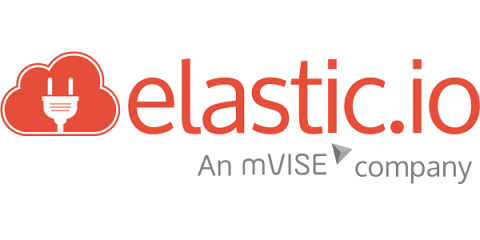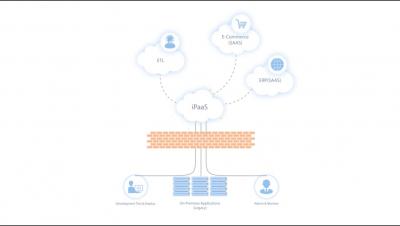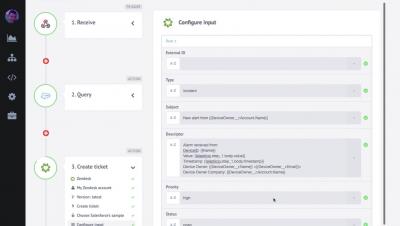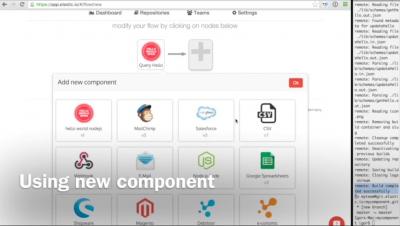PSD2 is spurring innovation in fintech industry, and ISVs need to keep up
By the September deadline, Europe’s banks and fintech companies should be compliant with the Second Payment Services Directive (PSD2). Rather than focusing inwards on business operations, PSD2 is an outward-looking directive. It encourages open access and competition in the banking industry. Organisations across the breadth of the industry are required to open their payments infrastructures and customer data to third parties.







